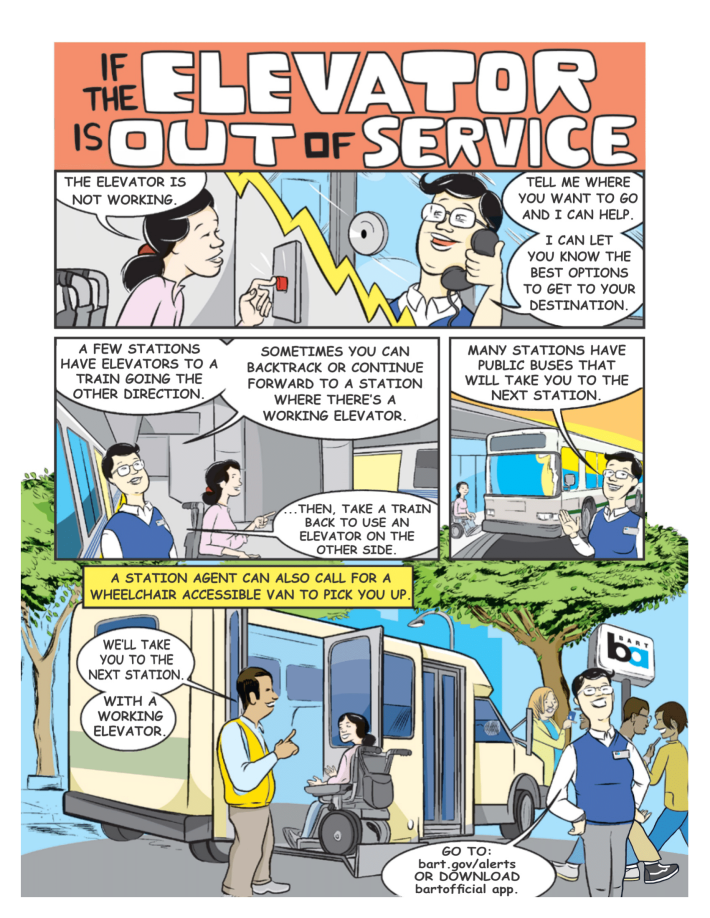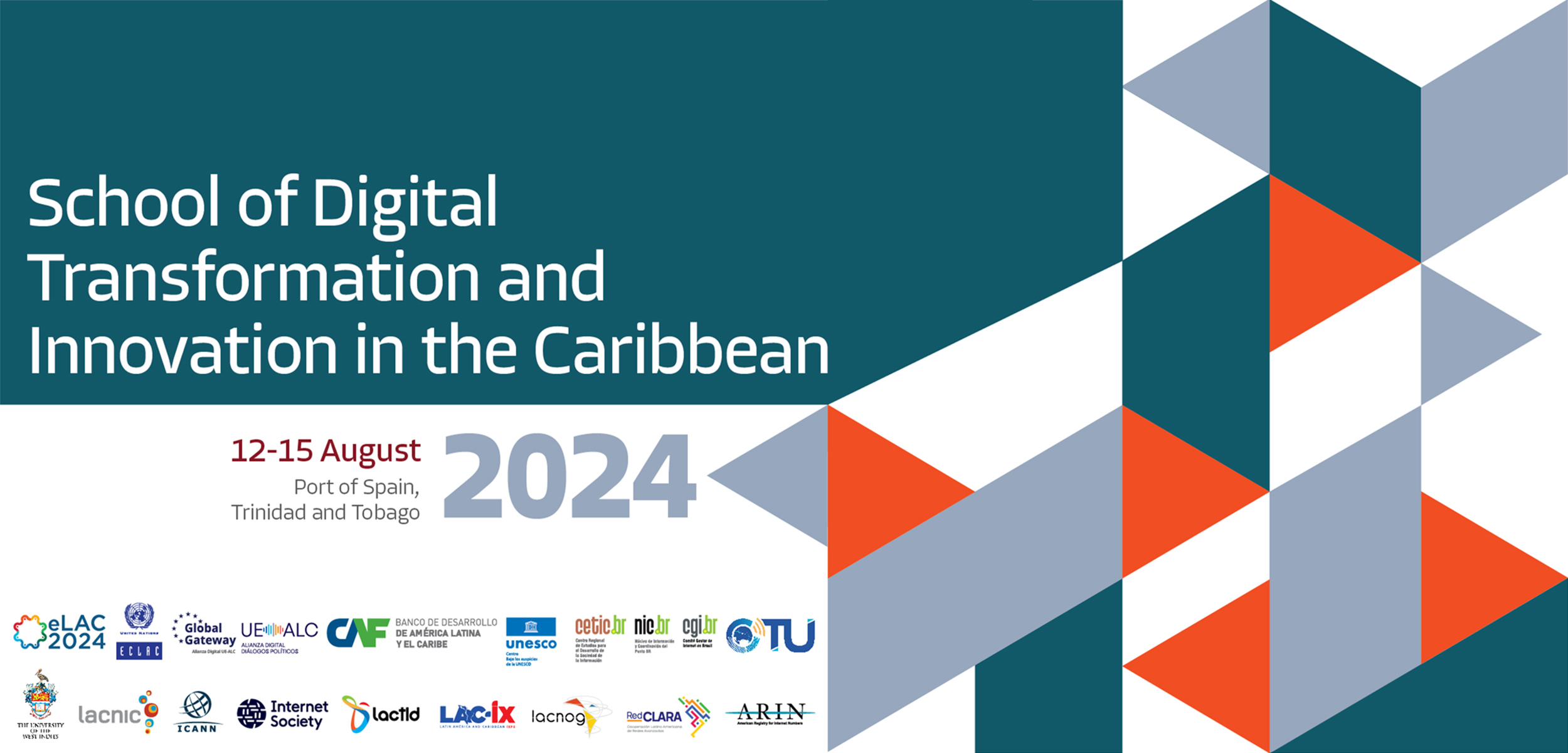
San Francisco Bay Area Takes Steps to Improve Accessibility in Transit Stations
A recent settlement between a coalition of people with disabilities and the Bay Area Rapid Transit District (BART) has highlighted the need for improved accessibility in transit stations. The settlement addressed the systemic failures of BART to provide full and equal access to its stations and services, as required by the Americans with Disabilities Act (ADA). These failures included numerous out-of-service elevators and escalators, making it difficult for individuals with mobility challenges to access the stations.
Challenges Faced by People with Disabilities
- 87 damaged or out-of-service elevators
- Non-functioning escalators
- Difficulty accessing stations for individuals using assistive devices or struggling with stairs
Melissa Riess, senior staff at Disability Rights Advocates, explained that while some BART stations have elevators and escalators, they are frequently out of service or in poor repair due to heavy use. This poses a significant barrier for people with mobility disabilities, forcing them to take longer routes or preventing them from using BART altogether.

The Settlement and Its Implications
In the settlement, BART agreed to not only repair the broken infrastructure but also improve communication about outages to riders. The agency will implement new processes to address unsanitary conditions in a timely manner and continue funding the elevator attendant program. Additionally, a new complaint procedure will be established to facilitate the reporting of outages and issues by riders.
Melissa Riess hopes that the terms of this settlement can serve as a blueprint for the 25 percent of US transit stations that do not comply with the ADA. These improvements are crucial for individuals with disabilities, as they heavily rely on public transit for their mobility needs.
Impact on Accessibility and Society
For Americans with travel-limiting disabilities, access to reliable and accessible public transit is essential for full participation in society. The inability to access transit stations can significantly limit their opportunities and quality of life. Riess emphasized the importance of addressing these accessibility issues, not just for people with disabilities but for everyone, as it improves the overall functioning of the transit system.
Challenges in Funding Accessibility Improvements
One of the main challenges faced by transit agencies in making their stations ADA compliant is funding. Massive funding shortfalls, exacerbated by the pandemic, have pushed accessibility improvements down agencies’ budget priorities. Despite efforts like the All Stations Accessibility Act, which provides limited funding, many agencies struggle to allocate resources for these infrastructure upgrades.
Riess acknowledged that fixing elevators is often not the top priority for transit agencies due to competing safety issues or necessary system upgrades. The cost of making stations ADA compliant can be substantial, as demonstrated by New York City’s estimated $5.5 billion cost for elevator upgrades at just 70 of its 472 stations.
Timeline for Improvements
Similar to a settlement in New York City, BART has been given a 15-year timeline to address its backlog of ADA failures. The agency will prioritize the renovation of the 40 most urgently in need of repair, with the remaining elevators to be fixed as funding becomes available. The settlement takes into account the challenges faced by public agencies during the pandemic and provides flexibility in timelines to obtain necessary funding.
Looking Towards a More Accessible Future
Melissa Riess expressed her hope that accessibility improvements will not be delayed for 15 years in the future. She emphasized the need for fundamental changes in prioritizing the needs of transit riders with disabilities. By incorporating universal design principles into infrastructure planning, accessibility can be improved for everyone.
SDGs, Targets, and Indicators
1. Which SDGs are addressed or connected to the issues highlighted in the article?
- SDG 10: Reduced Inequalities
- SDG 11: Sustainable Cities and Communities
- SDG 16: Peace, Justice, and Strong Institutions
2. What specific targets under those SDGs can be identified based on the article’s content?
- SDG 10.2: By 2030, empower and promote the social, economic, and political inclusion of all, irrespective of age, sex, disability, race, ethnicity, origin, religion or economic or other status.
- SDG 11.2: By 2030, provide access to safe, affordable, accessible and sustainable transport systems for all, improving road safety, notably by expanding public transport, with special attention to the needs of those in vulnerable situations, women, children, persons with disabilities and older persons.
- SDG 16.3: Promote the rule of law at the national and international levels and ensure equal access to justice for all.
3. Are there any indicators mentioned or implied in the article that can be used to measure progress towards the identified targets?
- Indicator for SDG 10.2: Proportion of the population with access to affordable and accessible public transport, by sex, age and persons with disabilities.
- Indicator for SDG 11.2: Proportion of the population that has convenient access to public transport, by sex, age and persons with disabilities.
- Indicator for SDG 16.3: Proportion of the population who have experienced a violation of their rights to accessibility and equal access to justice.
4. Table: SDGs, Targets, and Indicators
| SDGs | Targets | Indicators |
|---|---|---|
| SDG 10: Reduced Inequalities | 10.2: By 2030, empower and promote the social, economic, and political inclusion of all, irrespective of age, sex, disability, race, ethnicity, origin, religion or economic or other status. | Proportion of the population with access to affordable and accessible public transport, by sex, age and persons with disabilities. |
| SDG 11: Sustainable Cities and Communities | 11.2: By 2030, provide access to safe, affordable, accessible and sustainable transport systems for all, improving road safety, notably by expanding public transport, with special attention to the needs of those in vulnerable situations, women, children, persons with disabilities and older persons. | Proportion of the population that has convenient access to public transport, by sex, age and persons with disabilities. |
| SDG 16: Peace, Justice, and Strong Institutions | 16.3: Promote the rule of law at the national and international levels and ensure equal access to justice for all. | Proportion of the population who have experienced a violation of their rights to accessibility and equal access to justice. |
Copyright: Dive into this article, curated with care by SDG Investors Inc. Our advanced AI technology searches through vast amounts of data to spotlight how we are all moving forward with the Sustainable Development Goals. While we own the rights to this content, we invite you to share it to help spread knowledge and spark action on the SDGs.
Fuente: usa.streetsblog.org

Join us, as fellow seekers of change, on a transformative journey at https://sdgtalks.ai/welcome, where you can become a member and actively contribute to shaping a brighter future.






